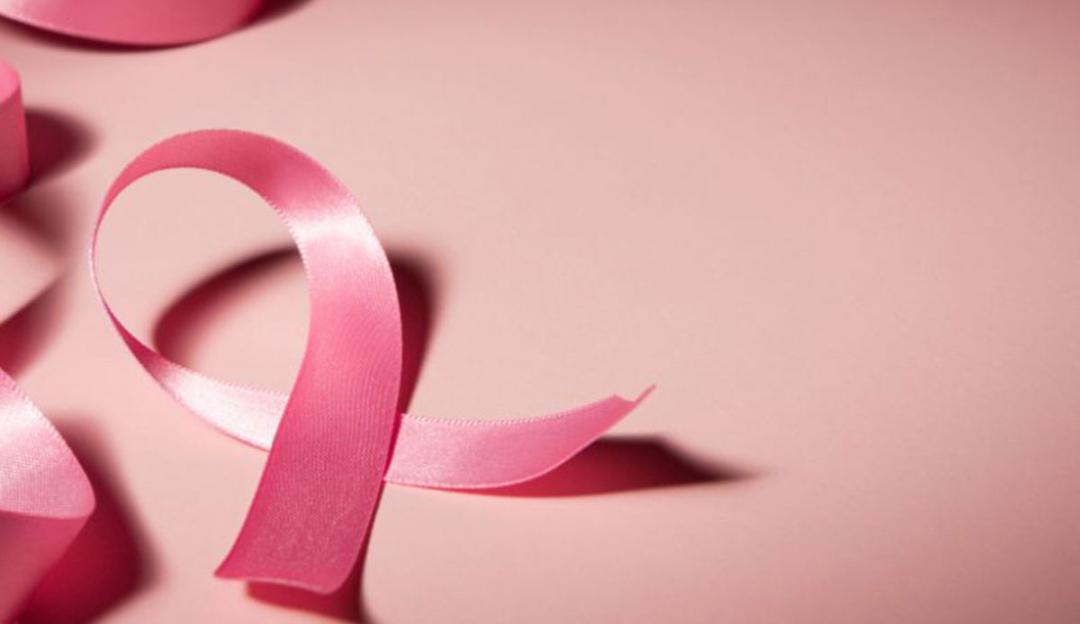The tone of news stories about celebrity breast cancer treatments may be influencing women’s decisions about their own therapy, researchers suggest.
When they looked at news stories from 1992 to 2014 about celebrities with breast cancer, they found that double-mastectomies tended to garner more publicity.
When a celebrity had a bilateral mastectomy, “that was not only mentioned more in the story, in many cases it became the dominant theme of the story,” said Dr. Michael Sabel of the University of Michigan Health System in Ann Arbor, the lead author of a report in Annals of Surgical Oncology.
More women with breast cancer have been opting to remove both breasts simultaneously, but there’s no evidence that the practice improves survival in women without a genetic risk for breast cancer, Reuters reported.
A small survey published last year in Annals of Surgery found that half of women with cancer in one breast - but no gene mutations that increase their risk - were interested in removing their healthy breast to avoid a second cancer there.
At their own hospital, according to Sabel and his colleague Sonya Dal Cin, the proportion of women with a first breast cancer who went ahead with bilateral mastectomy rose from 4% in 2000 to 19% in 2011.
Many women with breast cancer come to their surgeon with their minds already made up based on outside information, the two authors note - and often, that information comes from the news media.
For the new study, researchers searched two news databases for reports of celebrities with breast cancer. They found 17 cases, ranging from actress Olivia Newton-John’s diagnosis in 1992 to television personality Joan Lunden’s diagnosis in 2014.
Media reports increased significantly after 2004, they found. Also, there were dramatic increases in the number of articles mentioning bilateral mastectomies in 2008 and 2009.
BRCA1 and BRCA2 mutations account for 5-10% of all breast cancers, according to the National Cancer Institute (NCI). Depending on the type of BRCA mutation, women’s risk of breast cancer increases between 33 and 53 percentage points. They’re also at a greater risk of ovarian cancer.
When women have cancer in one breast and are not at genetic risk for cancer in their second breast, doctors generally discourage having both breasts removed.


